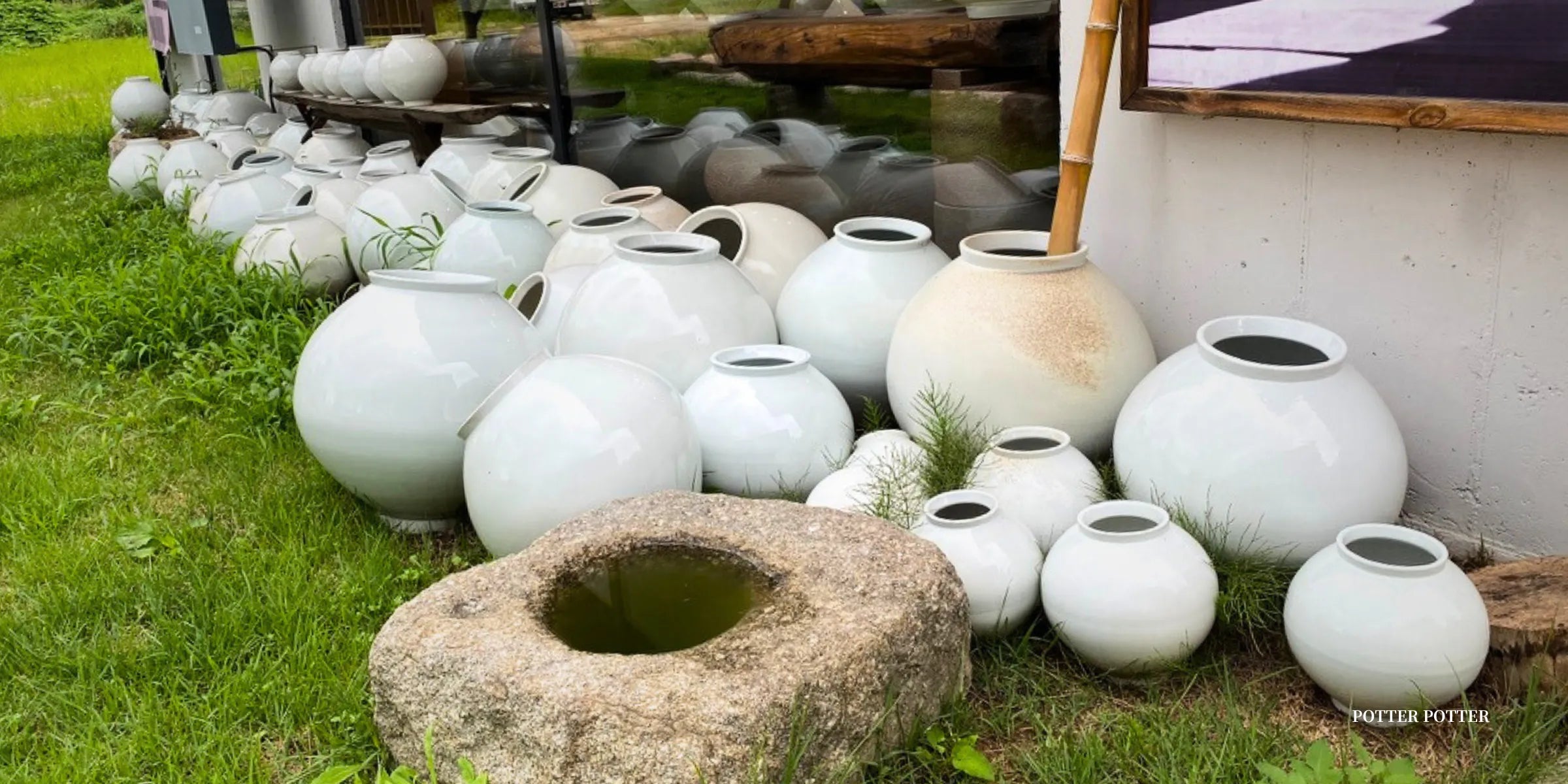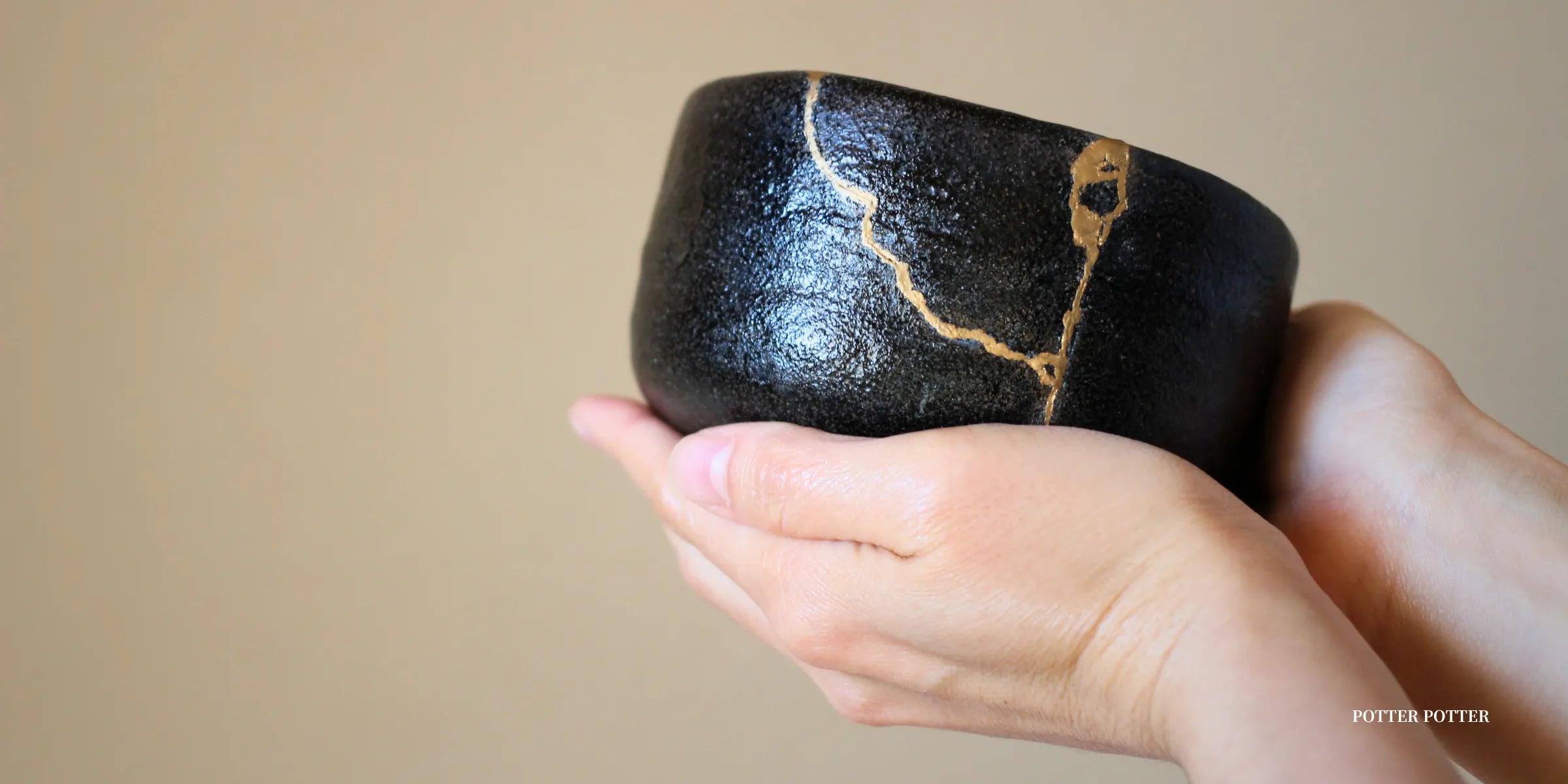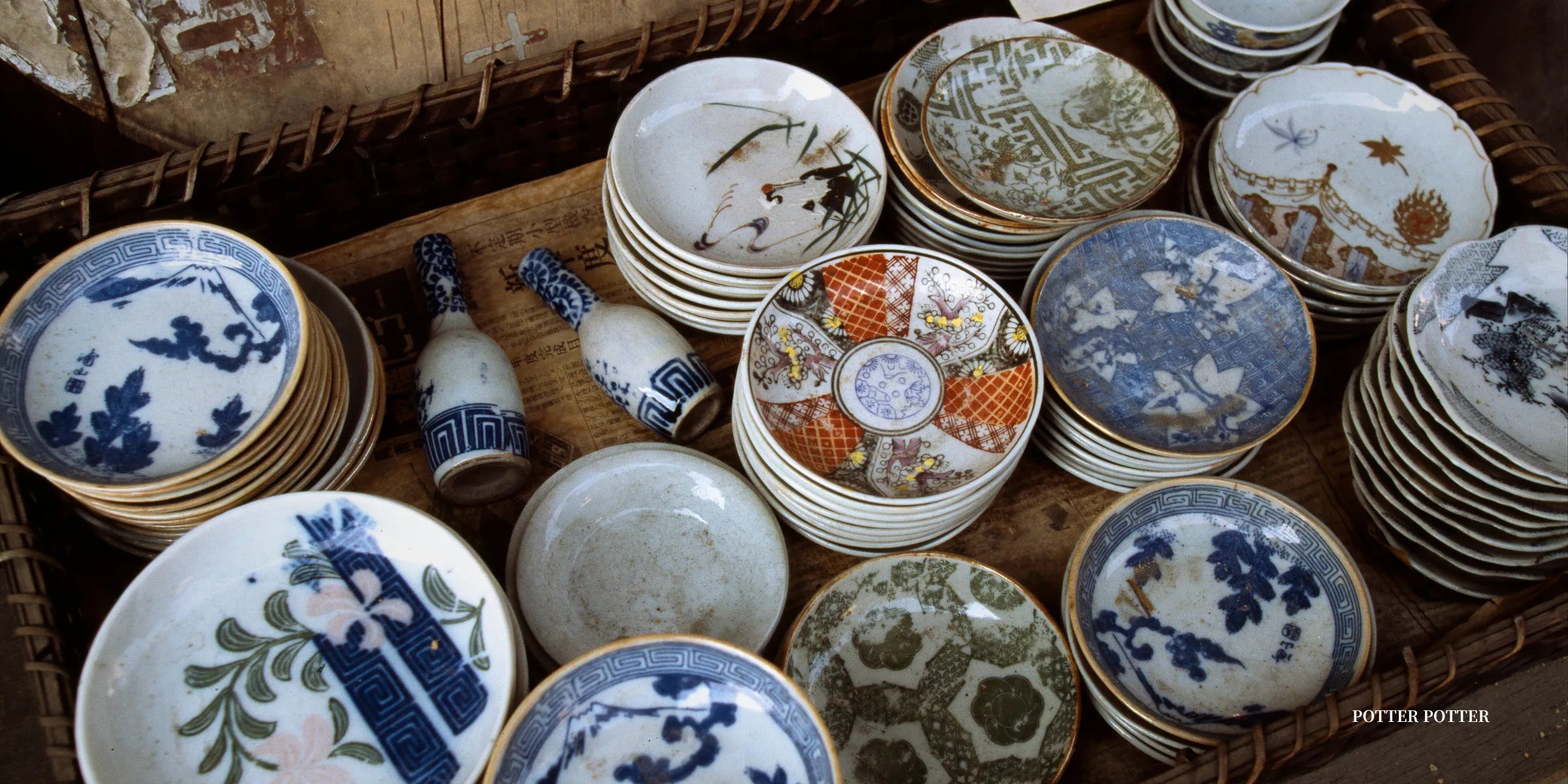
Moon Jar: The Timeless Beauty of Korean Pottery
What makes the Moon Jar, a simple white porcelain piece, so captivating? This iconic pottery from the Joseon Dynasty carries the essence of Korean aesthetics. Its elegant, unadorned form has intrigued artists and pottery enthusiasts for centuries. Discover how this unique ceramic embodies the Korean ideals of beauty, restraint, and harmony.

|
Table of Contents |
The Essence of the Moon Jar: Simplicity in White

The Moon Jar, also known as Dal Hang-ari or Full Moon Jar, emerged during the mid-Joseon Dynasty (1392–1897). This period was heavily influenced by Confucian thought, emphasizing simplicity and purity in art and everyday life. Korean potters embraced these values, creating white porcelain works that celebrated the natural beauty of form and material. The Moon Jar stands out for its soft, round shape reminiscent of a full moon, which is how it earned its poetic name. Korean abstract painter Kim Whanki later popularized this term in the 1950s.
One of the Moon Jar’s defining features is its varied shades of white. Unlike the uniform whiteness seen in Chinese or Japanese porcelains, each Moon Jar has a unique hue—ranging from milky white to bluish-white. These subtle variations reflect the organic nature of the firing process and the inherent qualities of the clay. Some jars display yellowish spots due to oxidation or uneven firing, while others bear stains from liquids they once held. These imperfections add depth and character, embodying the Confucian ideal of moderation and the beauty of imperfection.
The Moon Jar’s unadorned surface is also significant. While many ceramics are decorated with intricate designs, the Moon Jar’s beauty lies in its emptiness. It presents a vast, blank canvas, invoking a sense of stillness and restraint. This lack of ornamentation is rare in the world of ceramics, highlighting the Moon Jar’s unique place in Korean pottery. Any addition of patterns or colors would detract from its pure, serene presence, transforming it into something entirely different.
Symbol of Confucian Values: Restraint and Moderation
In Joseon society, Confucianism dictated not only social conduct but also influenced artistic expression. Confucian ideals emphasized “Ye” (propriety or etiquette), advocating for a life of simplicity and moderation. For scholars, or “seonbi,” overcoming personal desires was key to achieving moral purity. This philosophy is deeply embedded in the Moon Jar’s aesthetic, reflecting a life of temperance and inner purity.
The Moon Jar embodies this virtue through its large, rounded form and subtle variations. Creating such a shape was technically challenging, often requiring the potter to join two separately crafted halves. This technique, inspired by Chinese pottery methods, resulted in jars that were not perfectly symmetrical. Instead, the slight asymmetry added to the jar’s organic and serene character, evoking a sense of natural movement. This quiet dynamism echoes the Confucian appreciation for harmony with nature and the acceptance of imperfection.
Furthermore, the Moon Jar’s surface represents the “Anbun Jisok” lifestyle, a Confucian principle advocating contentment with simplicity. By embracing the natural color and texture of the clay, the Moon Jar becomes a manifestation of the seonbi’s pursuit of modesty and self-discipline. Its white surface, devoid of decorative motifs, symbolizes a blank slate, inviting contemplation and reflection. This restraint in design aligns with the Confucian ideal of suppressing excessive desires, thus achieving a state of inner peace and balance.
The Technical Mastery and Challenges of the Moon Jar
Creating a Moon Jar was no small feat, particularly considering the technical demands of its construction. White porcelain is more advanced than celadon pottery due to its higher firing temperature of over 1250°C and the requirement for refined clay free of iron impurities. During the early Joseon period, the royal court chose white porcelain as its official ceramic ware, establishing kilns in Gwangju, Gyeonggi Province, known for their rich deposits of white clay and ample supply of firewood.
The construction of a Moon Jar required the potter to shape two separate hemispheres and carefully join them. This complex process often led to slight distortions during firing, resulting in a form that was not perfectly round. Unlike Chinese potters, who hid the seam to create a flawless finish, Korean artisans allowed the irregularities to show. This approach reflects a unique appreciation for the natural outcome of the ceramic process, celebrating the imperfections as part of the jar’s beauty.
The firing process further contributed to the jar’s distinctive characteristics. Variations in temperature, kiln atmosphere, and the positioning of the jar in the kiln all influenced the final hue of the porcelain. Some jars emerged with a warm, milky white glow, while others took on a cooler, bluish tint. Over time, exposure to the elements and use would alter the jar’s surface, adding spots and patina that enriched its appearance. Each Moon Jar thus tells a story of its creation, use, and the passage of time, making each piece a singular work of art.
The End.
The Moon Jar’s serene form and understated elegance have inspired generations of artists and potters. Its large, empty surface symbolizes a canvas of endless possibilities, echoing the full moon that shines on everyone. As each viewer perceives the Moon Jar’s beauty differently, it becomes a personal reflection of one’s inner thoughts and emotions. This timeless piece, with its harmonious balance of simplicity and complexity, continues to captivate people across the world.
For those interested in exploring Korean pottery, the Moon Jar serves as a gateway to understanding Korea’s cultural and philosophical heritage. Its subtle beauty encourages a deeper appreciation of craftsmanship, the philosophy of restraint, and the harmony found in simplicity. To truly experience the essence of Korean pottery, one must look beyond the surface and embrace the profound quietude that the Moon Jar embodies.

